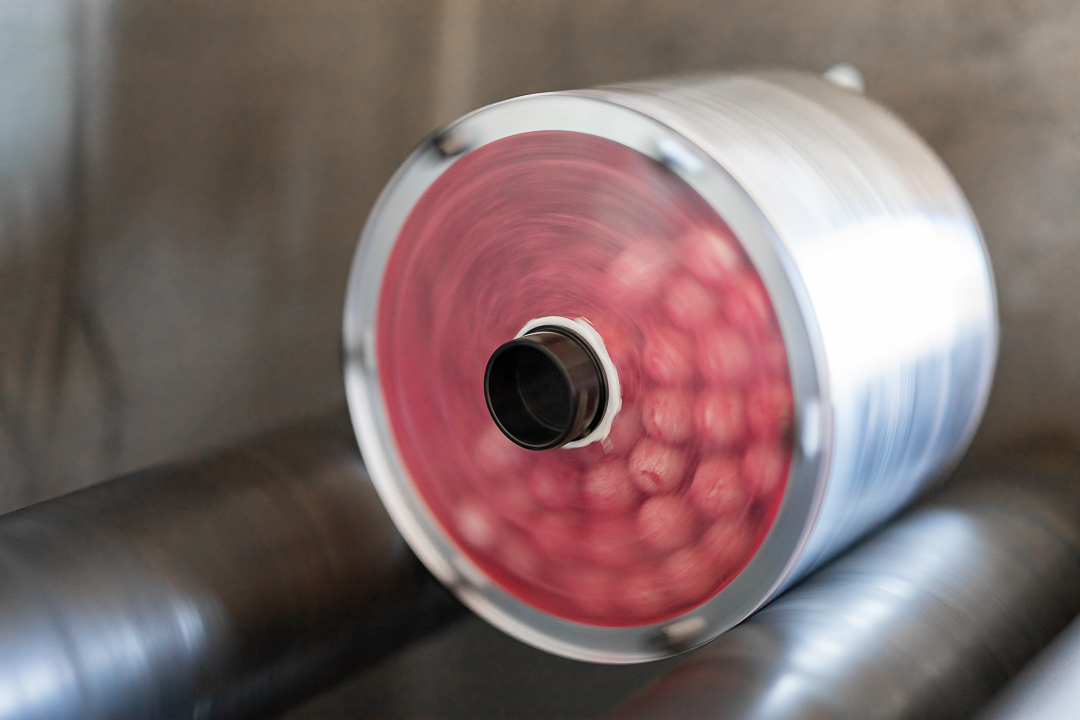Lignocellulosic biomass has many functionalities that hold huge potential for material, energy or chemistry applications. To support advanced applications, the biomass must be milled into ultrafine powder to increase reactivity. This milling unit operation needs to be fully mastered to deliver high-quality standard end-products.
This research article describes the properties of two lignocellulosic biomasses milled into very fine powders in three different balls mills. The aim of this work was to understand how the working principle of the milling devices shapes key properties of the milled powders for various end-use applications (3D-printed biocomposites, powder feedstock for lignocellulosic biofuel, source of platform molecules for green chemistry).
In particular, we discuss the size, shape, agglomeration and flow properties of the powders produced in terms of their origin and comminution process route. The article then enlarges the discussion to the milling energy needed to produce the powders, in order to provide guidance on choosing the right milling technologies suitable for end-use applications. The paper is avaialbe in open acces on Open Research Europe Platform :Properties of biomass powders resulting from the fine comminution of lignocellulosic feedstocks by three types of ball-mill set-up
